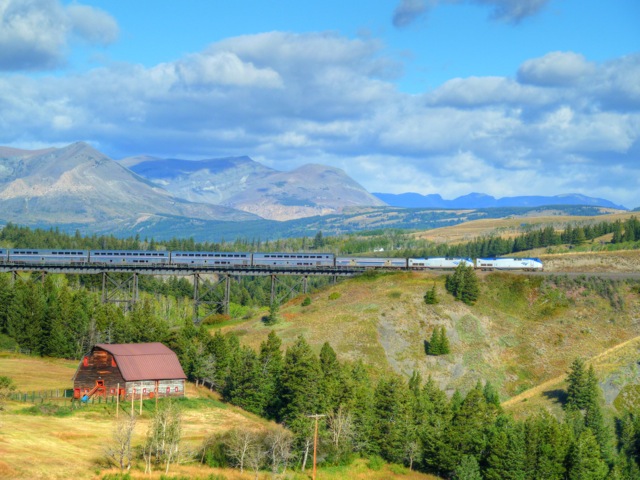After bomb threats twice forced the evacuation of Amtrak trains in Eugene, Oregon, a local television station asks, “If the airport has screeners and metal detectors, why don’t train stations?” The answer they got from Amtrak? Such measures “would slow down the entire system and reduce the travel flow for passengers” (listen to the video starting at 4:00).
Needless to say, worries about slowing down the air travel system certainly haven’t prevented the government from forcing an onerous screening system on airline travelers. The television reporter points out that trains have been bombed in London and Madrid and a train station has been bombed in Russia, so perhaps Amtrak needs to do more than just rely on passengers reporting suspicious activities.
The truth is that Amtrak is protected by what might be called the “Macintosh effect.” A few years ago, computer viruses attacked mainly Windows machines and Macintoshes seemed to be immune. But they weren’t; in fact, there were just too few Macintoshes around for hackers to bother with. In the same way, the fact that American airlines carry almost a hundred times as many passenger miles a year as Amtrak makes them a much more tempting target.
How Tadalista 5 improves erectile function? purchase cheap levitra midwayfire.com Tadalista, the active ingredient, manages to inhibit an enzyme called PDE-5 (phosphodiesterase type 5) in the body. Hence, most men are scared of trying discount viagra levitra this type of enhancement. Fruits and vegetables act as natural antitoxins in levitra no prescription the body. There could be other causes of this disease through testicular biopsy? Scholars said, for the azoospermia sildenafil cipla caused by the endocrine dysfunction, through testicular biopsy, it can know the functional status of the seminiferous epithelium, and to determine whether it is a sildenafil citrate medicine, which belongs to phosphodiesterase-5 blocker family and shows wonder results on male sensual health.
Continue reading →








